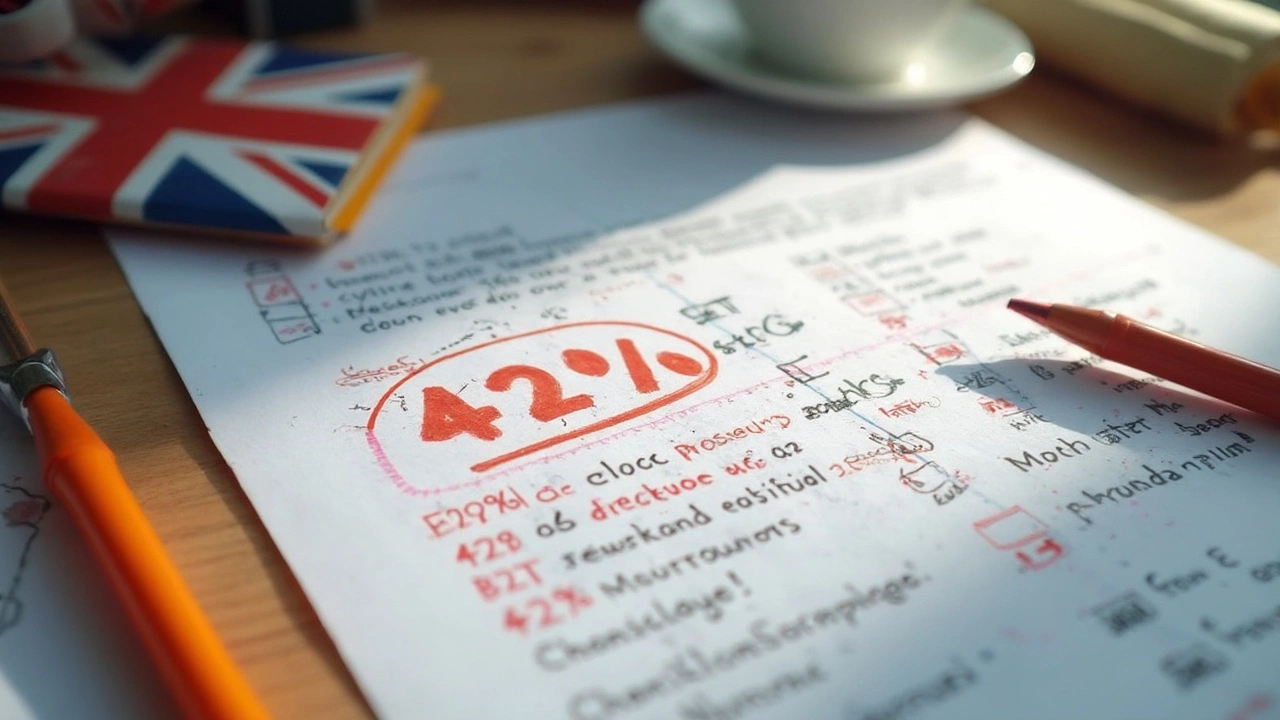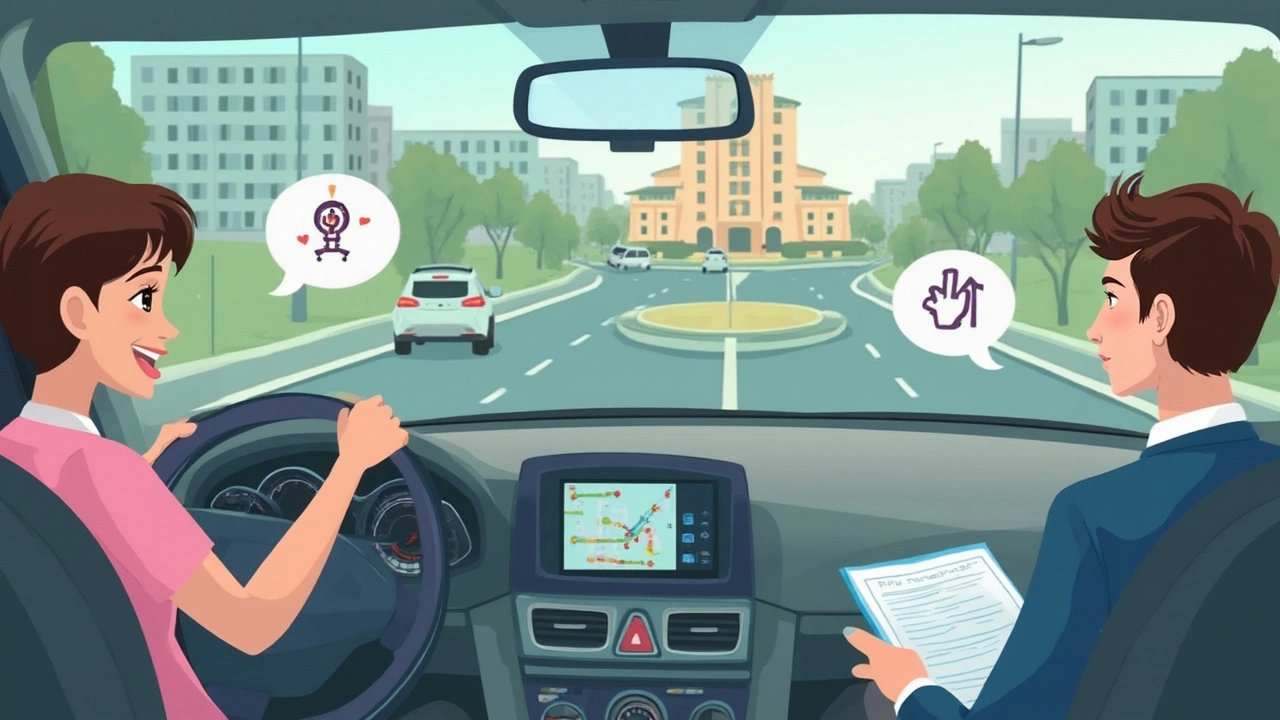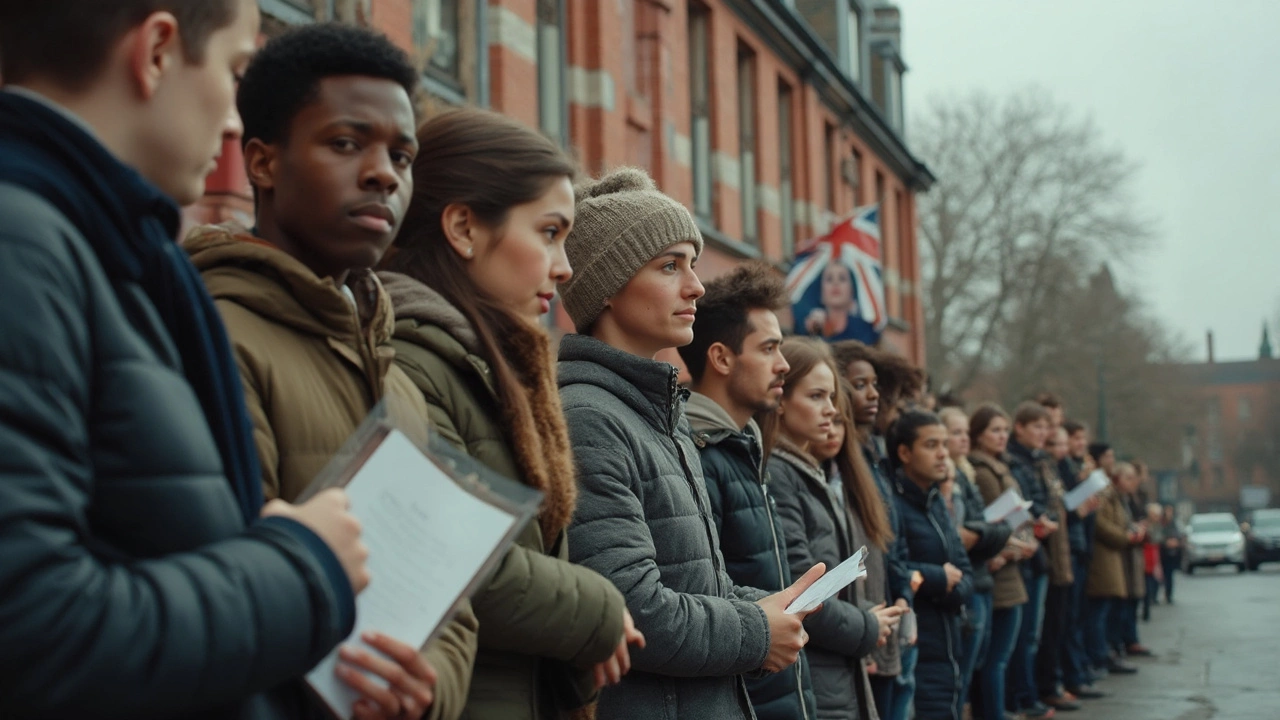If you ask around, nearly everyone knows somebody who failed their driving test the first time. Maybe it was your older cousin who mixed up the gas and brake, or your friend who got busted for not checking blind spots. Turns out, failing isn't a rare badge of shame—it's actually pretty common in the US. If you think almost everyone passes on their first go, you're in for a shock. The numbers paint a different story, and once you dig into what actually happens during the DMV tests, you’ll see why nailing it the first time can feel like winning the lottery.
The Real Numbers: U.S. Driving Test Failure Rates
Ever heard that “half of all people fail the driving test”? That isn’t urban legend. The average national failure rate hovers between 40% and 50% across most states for the practical (road) portion, according to the latest DMV data compiled in 2024. The written test isn’t a walk in the park either—depending on your state, the fail rate often ranges from 30% to 45%. California, for example, clocked in a 47% fail rate on the road test last year, and New York held steady at 46%. Texas’s numbers were only slightly better, with about 41% of applicants failing the skills test. The written part is a bit more forgiving in some places, like Florida, but the lowest recent statewide written test fail rate is still an uncomfortable 26%.
Why such high numbers? It’s not all nerves and bad luck. Every state’s DMV has its quirks—some have trickier routes or tougher examiners, others throw in surprise questions that aren’t in the handbook. But everywhere, there’s a pressure that can turn basic skills into a muddle. And the pass rates haven’t changed much in the last decade, so if your parents brag about acing it long ago, they might be misremembering how tough it actually was.
Written vs. Road Test: Where Most People Trip Up
The driving test isn’t a single event; it’s actually two separate set-ups. First, there’s the written knowledge test, usually on a tablet or paper. This checks if you know road signs, right-of-way rules, speed limits, and alcohol laws. Some questions are straightforward, but others are weird or contain double negatives. Miss just a few, and you’re making a repeat visit to the DMV. The traps? Confusing signs or questions about penalties for things like passing a school bus. Memorizing the manual helps, but most people who fail admit they didn’t bother practicing sample tests online enough—and overconfidence does most people in.
On the road test, nerves play a much bigger role. Imagine driving with an official in the passenger seat, clipboard in hand, as they tell you to parallel park on a busy street or make a three-point turn in an impossibly tight alley. Some examiners are stone-faced; others are eager to point out every slip. In Colorado, for example, nearly half of failures happen at the parallel parking stage. In Pennsylvania, left turns at intersections (without green arrows) trip up more than 35% of applicants who fail. Speed management, checking mirrors, failing to yield—these all pile on. And a full 22% of people who fail their road test make what DMV staff call “critical errors,” like not stopping for pedestrians or rolling through stop signs.

Common Mistakes That Cost the Test
Thinking you’re ready just because you’ve got driving hours logged is one of the riskier mindsets. Most errors aren’t because people never learned something—it’s messing up under pressure or forgetting a crucial detail when it counts. Here’s what scorers see all the time:
- Rolling stops (especially at quiet intersections). The law says stop completely, so if your wheels don’t come to a dead stop, expect points off.
- Weak parallel parking. If you hit the curb, touch a cone, or have to back up again, that’s usually a fail.
- Poor scanning (not checking mirrors or blind spots before merging or lane changes). Examiners want to see your head move, not just your eyes dart.
- Misjudging gaps when making left turns, which can lead to unsafe crossings or cutting off other cars. These are automatic failures in many states.
- Forgetting turn signals or not turning them off after changing lanes. You need to show you’re communicating with other drivers the whole time.
- Nerves. Shaking hands or a blank mind can make you miss easy points, like setting the parking brake at the end, or following directions to the wrong place.
Some folks don’t realize that stalling the car, even once, is usually an instant fail if you’re driving a stick shift. And if you take the test in your own car, make sure every light and blinker works—failing because of a dead bulb is more common than you’d think.
Why Passing Rates Matter: What’s at Stake
Why should you even care about failure rates? For one, it’s your time and money at stake. Most DMVs charge every time you take the test, and the appointments can be booked weeks out—especially after COVID-19 backlogs. In Michigan, retaking the road exam can cost over $50, and a failed written test can mean you’re rescheduled for a month later. The real kicker comes if you need the license for work, school, or family responsibilities and end up delayed.
There’s also a confidence factor. Failing can feel discouraging, but it happens to so many people that it honestly shouldn’t. In fact, studies show that failing a first test often leads to better long-term drivers, since the extra review makes key skills stick. States with lower pass rates, like Maryland or Massachusetts, actually have fewer new-driver crashes than those with high pass rates, probably because tougher standards mean safer roads.
You might notice patterns, too. English language learners, new immigrants, and people with test anxiety fail at higher rates, not because they're bad drivers, but because the exam setup doesn’t always give them room to show what they know. That’s why some states now offer practice apps in multiple languages, and a few let you use the manual while taking the written exam at home under video monitoring.

Tips and Strategies to Beat the Driving Test
If you’re about to take your test, odds are you know someone who flubbed it already. That’s your first advantage: learn from their mistakes, not just your own. Here’s what works for most successful drivers:
- Take practice tests until you can ace them with your eyes closed. Official DMV websites have sample quizzes; third-party apps can be even better because they randomize questions.
- Get real driving hours in conditions like those you’ll face during the test. Practice parallel parking on actual streets, not just in empty lots. Try tricky intersections with real traffic.
- Do a test run at the exam location at the same time and day of the week as your scheduled appointment. Traffic patterns or school zones may change what you face.
- Check your car the night before. Test the turn signals, brake lights, horn, washer fluid, and make sure the registration and insurance are current. Many people lose their shot because of car issues, not their own mistakes.
- Don’t be afraid to ask the examiner to repeat or rephrase a direction. It’s better to ask than to guess and botch a maneuver.
- Project confidence, even if you’re panicking inside. Take three deep breaths before starting. Faking calm actually works better than you’d think.
A few folks pay for a driving school checkup lesson a day or two before their exam. It’s not just about driving, but knowing the exact things examiners want to see—like exaggerated mirror checks or keeping both hands perfectly at 9 and 3.
Finally, if you don’t pass, don’t hide it. A quick retake usually gets better results, because you’ve already met the examiner, know the car, and can shake out the nerves. Most states don’t limit the number of tries you get, but your wallet and patience might. Each attempt arms you with more confidence for when it truly counts.
Whether you breeze through on the first go or grind it out on your third or fourth, remember: the *driving test failure rate* isn’t about how smart or skilled you are—it’s about facing awkward surprises and learning to stay cool behind the wheel, clipboard or no clipboard.

